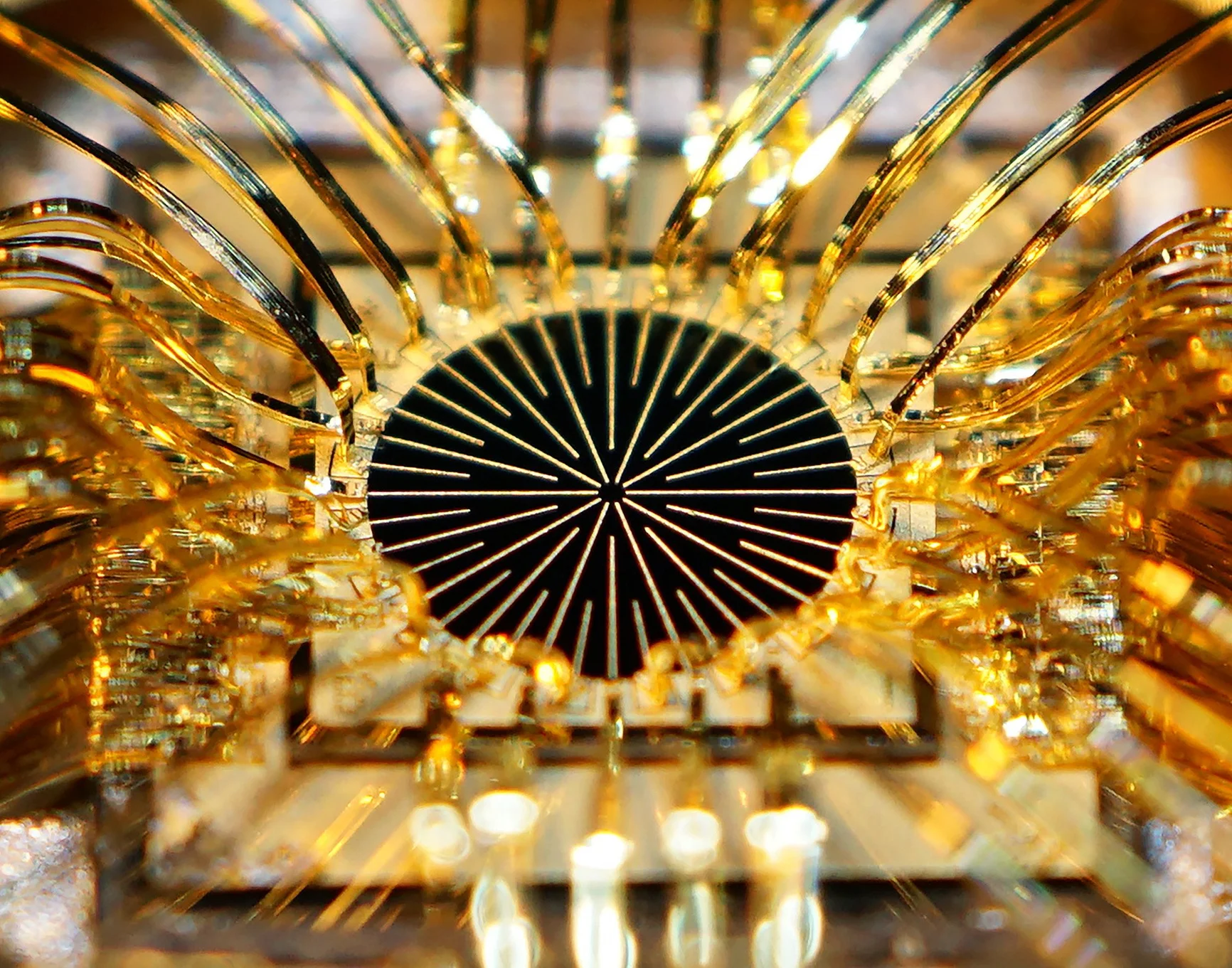A research team led by the School of Engineering of the Hong Kong University of Science and Technology (HKUST) has addressed the long-standing challenge of creating artificial olfactory sensors with arrays of diverse high-performance gas sensors. Their newly developed biomimetic olfactory chips (BOC) are able to integrate nanotube sensor arrays on nanoporous substrates with up to 10,000 individually addressable gas sensors per chip, a configuration that is similar to how olfaction works for humans and other animals.
For decades, researchers worldwide have been developing artificial olfaction and electronic noses (e-noses) with the aim of emulating the intricate mechanism of the biological olfactory system to effectively discern complex odorant mixtures.
Yet, major challenges of their development lie on the difficulty of miniaturizing the system and increasing its recognition capabilities in determining the exact gas species and their concentrations within complex odorant mixtures.



